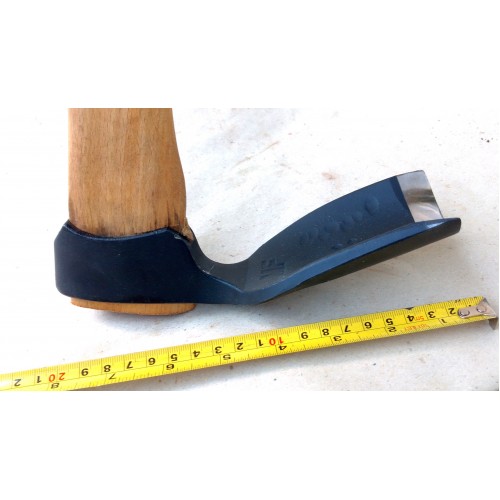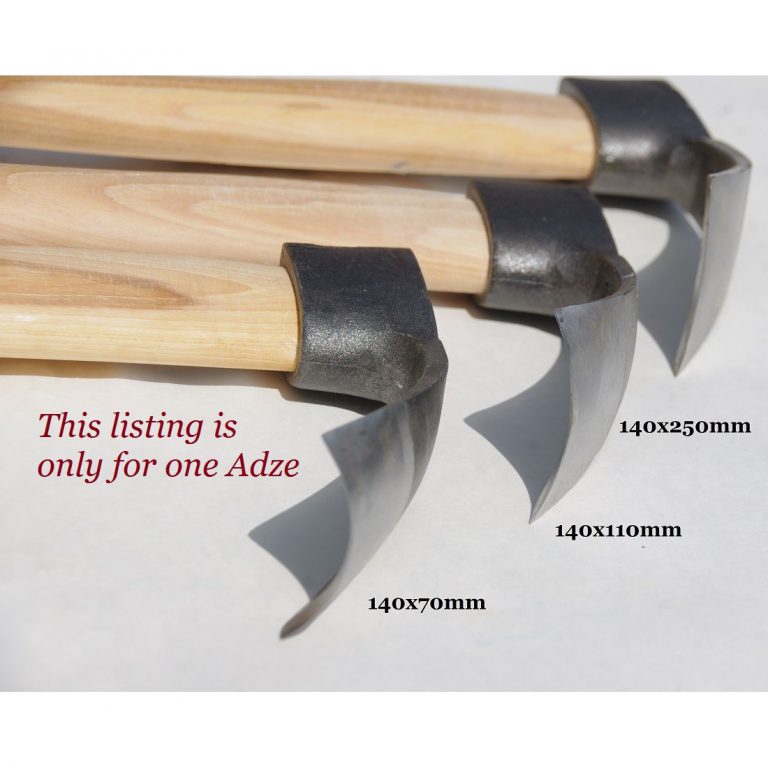

This is worth the small cost because once the edge is properly reground, keeping it sharp won't be any big deal and, let's be honest here, as much as collecting tools is great fun, how often are any of us ever going to NEED an adze? LOL I've got three and I've never done anything more than play with them. They should be able to tell you if it is worth the work and, if so, they should be able to put a good edge on it for you without screwing it up. Adzes are used for shaping, carving, and smoothing wood. The construction of an adze is particularly adept at smoothing and shaping wood, felling trees, and working with curved surfaces. Even today it has a rudimentary appearance some what similar to an axe yet used for a different purpose. An adze is similar to an axe, but with an arched blade that is set at a perpendicular angle to the handle. It is used for smoothing, carving, and shaping wood. Its main applications include woodwork like carving and smoothening of wood and it is. The adze is a cutting tool that defines itself back to the stone age, perhaps one of the oldest tools for woodworkers as used by different societies and mankind the world over. An adze tool is simply a metal blade that is attached to a handle. This traditional tool can be right at home in todays. That isn't rocket science.īecause you'd be reconditioning it and that may take a fair amount of grinding, I'd suggest finding a good old fashioned sharpening shop in your neck of the woods and having them take a look at it. It is similar to an axe in its shape but has been in use since before it. A good adze is a versatile tool capable of removing wood quickly but also with nimble sensitivity. Other than that, I'd say the bevel is about the same as a plane iron. If yours has a fair amount of rust pitting, the back is going to have to be ground down fair before you even begin worrying about an edge, of course. or a really cheapo adze!Īs Jay said, the plain adzes are a bit tricky to sharpen and use.

If it doesn't, it's probably a plain casting, indicating it was a garden tool all along. Good hand forged tool steel should ring like that. If it "rings," something akin to that satisfying sound you used to hear flipping a real silver four-bit piece, odds are it's an adze. You might hang the head alone, without the handle on it, from a string and then tap it with piece of metal.

It's something of a cross between a mattock and an adze, but, while useful fighting wildland fires, it isn't an adze. There is, of course, the Pulaski, which you'd come to love if you ever worked a fire line. A mattock has a much broader edge and an overall prortionately shorter blade. A lot of adzes ended up in garden sheds because folks in latter days just plain didn't know what they were.


 0 kommentar(er)
0 kommentar(er)
